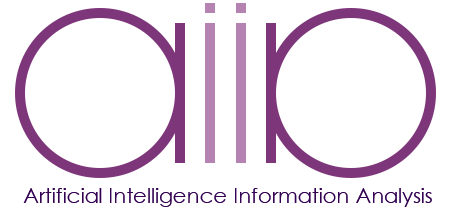Applications in medical imaging

3D Microscopy in Dentistry
Introduction
In this document, we present a method for 3D modeling, reconstruction and projection of histological image data. Specifically, the data that is used, consists of series of cross sections, taken from human teeth. Sectioning is being made with the use of a microtome in order to produce slices that are usually 1mm of thickness. Subsequently, the slices are being photographed and the photographs are digitized with a scanner. The procedure of processing of digital images, construction of the 3D-model and photorealistic rendering, is described below.
Model
The Three Dimensional Model that we used for visualization, is based only on information extracted from the boundaries of the objects of interest and is known as Surface Representation Model. According to this model, external or even internal surfaces are being reconstructed, skipping all the grayscale information that the grayscale images include. The result, is a set of curved closed surfaces that define the shape and topological characteristics of the teeth that are reconstructed. The use of pseudocoloring and shading, is bound to give sometimes impressive results.
Method
- At first, boundaries of slices have to be extracted, as the sole feature used in the 3D-model. This is usually done manually, since such accurate segmentation cannot be accomplished with fully automatic methods. It is essential for the construction procedure, that the boundary images do not contain any discontinuities.
- The second step, is to produce the main 3D wireframe model. It is constructed by linking the boundary images to eachother, in terms of small triangular objects, used for approximation of curved surfaces.
- Finally, assigning material texture to the approximated surfaces and using pseudocoloring, we are able to visualize information that could not be otherwise presented, such as 3D objects that are situated inside other 3D objects. The application has proved to be extremely useful in cases where such information is essential to be visualized. Especially in teeth reconstructions, it introduces a unique way of presenting the external tooth in combination with the pulp chamber.

